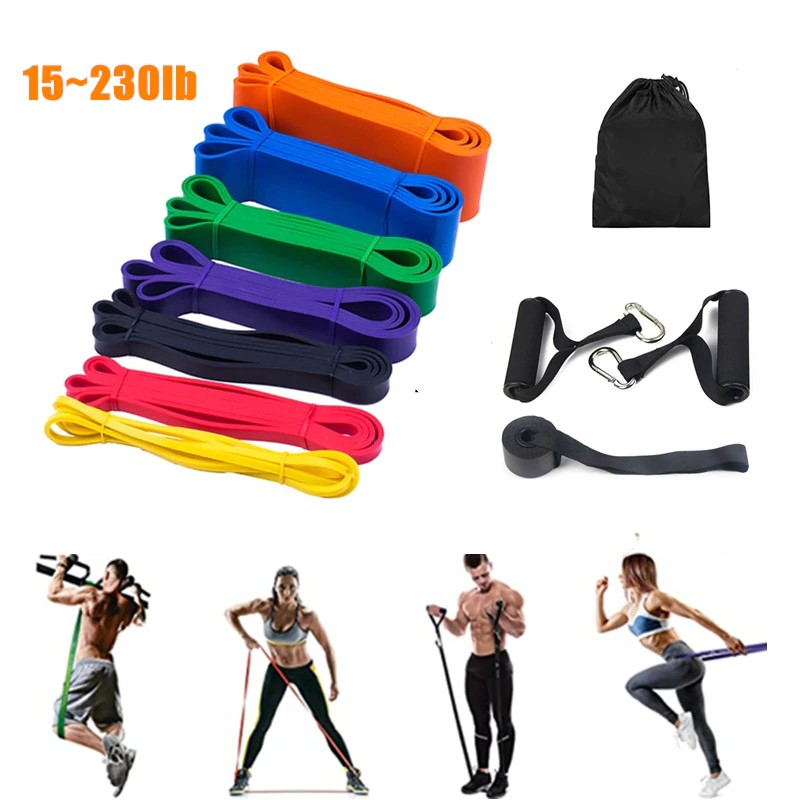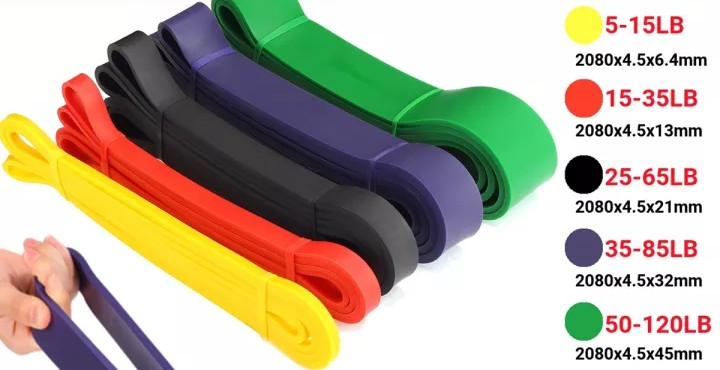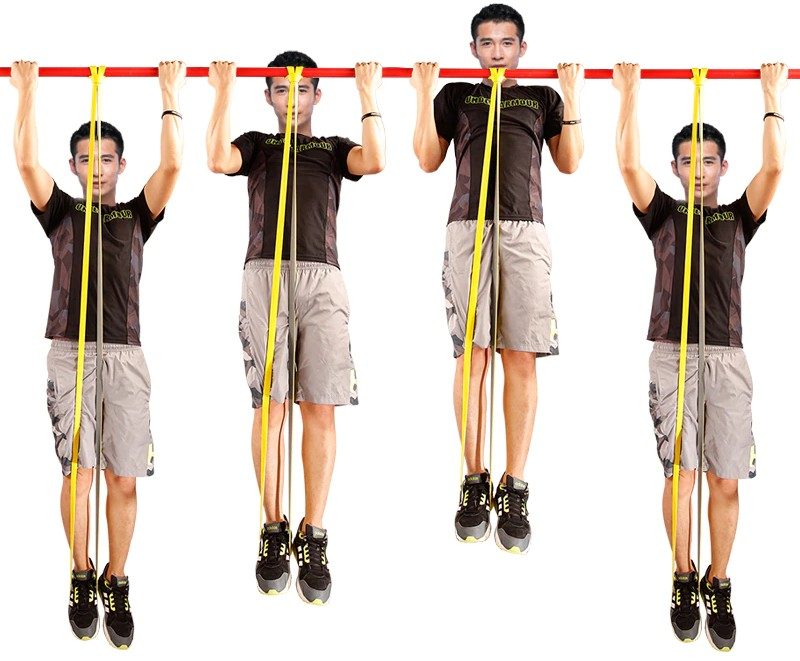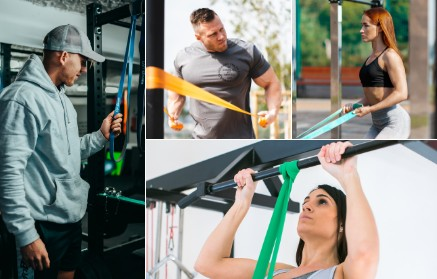Resistance bands are also a key aid that can help you navigate more challenging sports. Here are some reasons to add a resistance band to your sport!

1. Resistance bands can increase muscle training time
Simply stretching a resistance band can create the same tension as a weight. The greater the degree of stretching, the greater the tension. And resistance bands are different from free weights. The resistance band provides tension throughout the exercise. Thus it can increase the training time of the muscles.
2. Resistance bands can be useful in almost any training routine
Resistance bands can also help you build strength without overloading your muscles after you've been injured. Some resistance bands, especially long ones with extra stretch, are ideal. They are more flexible and balanced than low-stretch mini-bands that are less than 30 cm wide.

How to use resistance bands correctly?
1. Choose the right resistance band according to the type of training
If your training routine includes compound multi-joint exercises, you can choose a long, thickened resistance band. They are often referred to as "super resistance bands" because they look like giant rubber bands. This type of resistance band can prevent injuries from weight training.
When you specialize in specific muscle groups, you need a more flexible and flexible resistance band. This will allow you to stretch from different angles. This is when you may want to choose a long thin ring band. It is a paper-thin, widened elastic band, just like a large ribbon.
For exercises with a smaller range of motion, such as hip training, you can choose a mini resistance band. Because it is more convenient to slip over the ankle or above the knee.
2. Refer to the "weight" of the resistance band
Resistance bands come in different weights or tension levels, usually including ultra-light, light, medium, heavy and extra-heavy. Colors are generally used to distinguish the different levels.
It is important to choose the right "weight" for the characteristics of your workout, depending on your goals. If you can't do 5 reps in a row in the correct position when you do a set, then you need to reduce the weight a little. If you are not hot at the end of a set of training, then you need to slightly increase your weight level.

3. Adjust according to the exercise area
You can adjust the intensity of the exercise, especially the mini-resistance bands, depending on the position of the resistance bands in the limbs.
The further the resistance band is from the muscle you want to exercise, the more intense the muscle workout will be. This is because it will create a longer lever for the muscle to move. If you want to strengthen the gluteus maximus by lifting the leg sideways, you can place the resistance band above the ankle instead of above the knee. This way the gluteus maximus will have to control both the thigh and the calf and the results will be better.
*Warm tip: Never place a resistance band over the knee, ankle, or another joint. Although resistance bands are soft and flexible, the tension they create can put excessive pressure on the joint. This can increase the risk of pain or injury.

4. Tension! Tension! Tension!
To get the full strengthening effect of the resistance bands, keep them taut throughout the workout! You should always feel the tension of your muscles against the resistance band.
Stretch the resistance band throughout the workout for each movement. Until you feel like you have to resist the tension to avoid rebounding. Then maintain this tension consistently throughout the set.
Post time: Jan-05-2023

